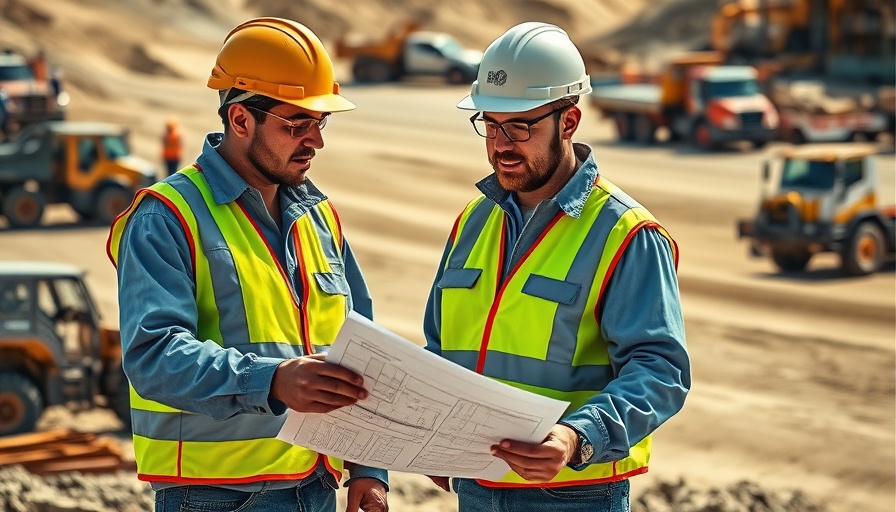
Immigration Crackdown: A Catalyst for Change in Construction
The recent immigration raid at an electric vehicle battery plant in Ellabell, Georgia, has sparked intense discussions among industry leaders and policymakers. As reported, the Department of Justice announced that federal agents arrested 475 South Korean workers in a raid characterized as one of the most high-profile immigration actions of President Trump’s administration. This incident highlights a pressing issue within the construction sector where the reliance on foreign-born labor raises questions about workforce sustainability and legal compliance.
Why This Matters for Business Owners and Developers
For business owners, particularly those in construction and facility management, this crackdown poses both opportunities and challenges. On one hand, it serves as a wake-up call to evaluate labor compliance policies and consider the broader implications of workforce management. On the other hand, it emphasizes the need for a stable and legal workforce, which is essential for project delivery timelines and cost efficiency. As the Biden administration promises to continue ramping up immigration enforcement, businesses must proactively navigate their hiring practices to align with legal standards.
Future Trends: Navigating Compliance and Labor Costs
Companies must brace for continued scrutiny from federal agencies. The tough stance taken during the Ellisville raid indicates that businesses may face increased operational risks if they do not prioritize compliance with immigration laws. This situation represents an evolving landscape where construction firms must balance labor costs with compliance. Implementing robust HR practices and engaging specialized legal counsel could mitigate risks associated with non-compliance, ultimately supporting long-term project viability.
Counterarguments: The Necessity of Diverse Labor Forces
While many argue for stricter immigration policies, the construction industry relies heavily on a diverse labor force that includes a significant number of foreign-born workers. According to industry estimates, undocumented labor constitutes a substantial portion of the workforce on construction sites, allowing businesses to meet demand and maintain competitive pricing. Stricter enforcement could lead to labor shortages, increased construction costs, and project delays, ultimately impacting the bottom line for property developers and investors.
Critical Insights for C-Suite Executives
For executives making strategic investment decisions, understanding the unfolding immigration policies will be crucial. Responding to the evolving regulatory environment not only protects a company’s reputation but can also enhance its sustainability both legally and financially. It is essential to develop a forward-looking strategy that incorporates legal compliance into the core of operational practices. By doing so, businesses can better manage risks and empower their workforce sustainably.
As we move forward in these uncertain times, it’s imperative for construction firms to embrace proactive strategies that ensure legal compliance while also considering the diversity of their labor force. With the continued governmental focus on immigration, the ability to navigate these complexities will set successful companies apart in the years to come.
 Add Row
Add Row  Add
Add 




Write A Comment